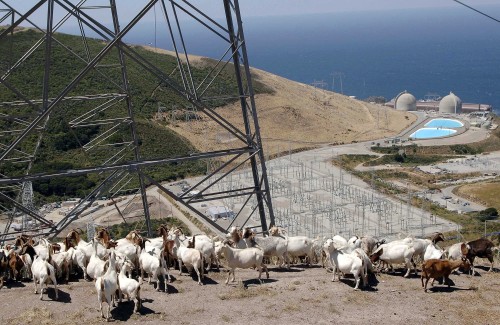By Stephen Nellis
(Reuters) – California’s only remaining nuclear power plant plans to use artificial intelligence tools to help it comply with new licensing requirements to keep the decades-old facility running.
Atomic Canyon, a startup based in San Luis Obispo, California, said on Wednesday it has signed a deal with Pacific Gas & Electric (PG&E) to install an AI software system called Neutron Enterprise at PG&E’s Diablo Canyon facility. The deal, whose value was not disclosed, will help PG&E sift through decades of documents to create plans to manage the plant’s aging concrete and systems.
Commissioned in 1985 and located about halfway between San Francisco and Los Angeles on California’s coast, Diablo Canyon was once slated to shut down. California officials reversed course in 2022 in an effort to stay on track with the state’s carbon-reduction goals.
Maureen Zawalick, vice president of business and technical services at Diablo Canyon, told Reuters the facility has about 9,000 procedures in place and 9 million documents stored in its systems, many of them scanned from paper or microfiche. As part of the PG&E’s federal license keep the facility running for up to 20 more years, the company must create plans to manage it as it ages, with much of the information drawn from decades-old documents.
Atomic Canyon’s software, which will run on computers supplied by Nvidia, will read the documents and make them searchable in natural language. The startup worked with researchers at Oak Ridge National Laboratory in Tennessee to develop an AI model trained to understand the specialized terms used in nuclear regulatory documents.
Most nuclear plants “have this huge corpus of data, but it can be really challenging to find documents when you have so much data that’s available,” Trey Lauderdale, Atomic Canyon’s founder, told Reuters. “A lot of this data is microfiche. It’s not like they went and labeled what all this data was.”
PG&E’s Zawalick said the AI system could eventually help with more complex tasks, like scheduling maintenance on the plant, which must take into account how all its systems work together.
Maintenance scheduling is “labor intensive,” Zawalick said. “That’s where we’re going to gain a lot of efficiencies.”
(Reporting by Stephen Nellis; Editing by David Gregorio)












